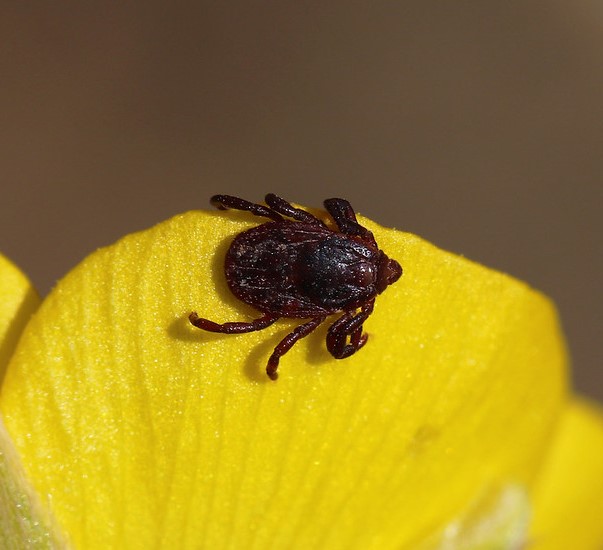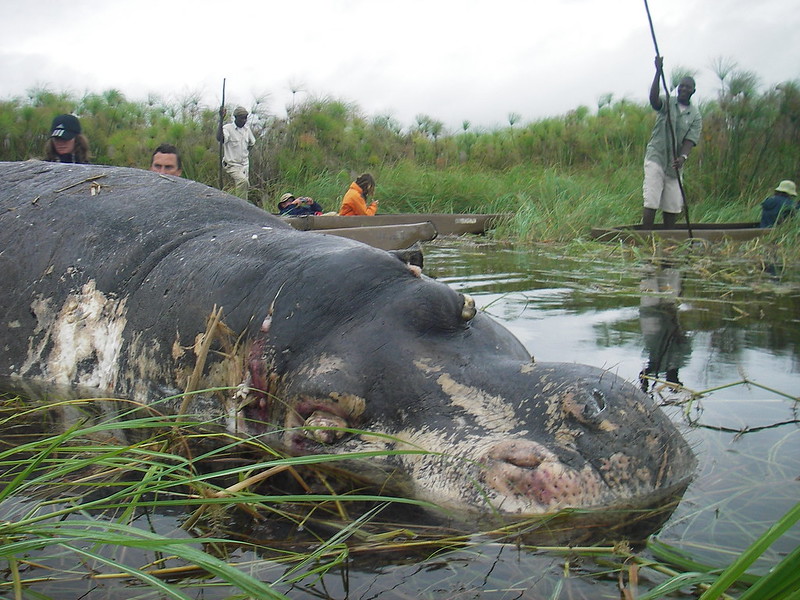
Brazil's southernmost state of Rio Grande do Sul today confirmed that highly pathogenic H5N1 avian flu was involved in the deaths of 942 seals and sea lions, while the United States reported more outbreaks of the virus in domestic birds.
Oceanographer Silvina Botta, PhD, at the Rio Grande Federal University, told Reuters that the mammals' carcasses have to be buried or incinerated as soon as possible to reduce the risk of spreading the disease to birds, other animals, or people.
Scientists have also found some sea mammals convulsing on local beaches as the H5N1 strain attacks their nervous system. Under government regulations, animals need to be euthanized to spare them "a very painful death," Botta said. She added that the virus first started killing sea mammals in Brazil in September, and three towns in the state still have active outbreaks.
High-path H5N1 was first detected in Brazil in mid-May.
H5N1 on farms, small flocks in 10 US states
In the United States, the US Department of Agriculture Animal and Plant Health Inspection Service has confirmed multiple H5N1 avian flu outbreaks in 10 states that affect chicken, turkey, and duck farms plus backyard flocks.
The largest outbreak involved more than 2.6 million egg-laying chickens on a farm in Hardin County, Ohio. That state also reported H5N1 on a turkey farm in Darke County. Other states reporting turkey outbreaks are Arkansas (Carroll County), Minnesota (Becker and Todd counties), South Dakota (Bon Homme, Charles Mix, and Hamlin counties), and Wisconsin (Barron County).
California confirmed an H5N1 outbreak at a farm housing 270,000 laying chickens in Sonoma County and a farm housing 258,600 broiler chickens in Stanislaus County, as well as an outbreak affecting 4,900 farm ducks in Sonoma County.
Officials in Iowa, Kansas, Michigan, and Vermont confirmed the virus in small flocks.
















